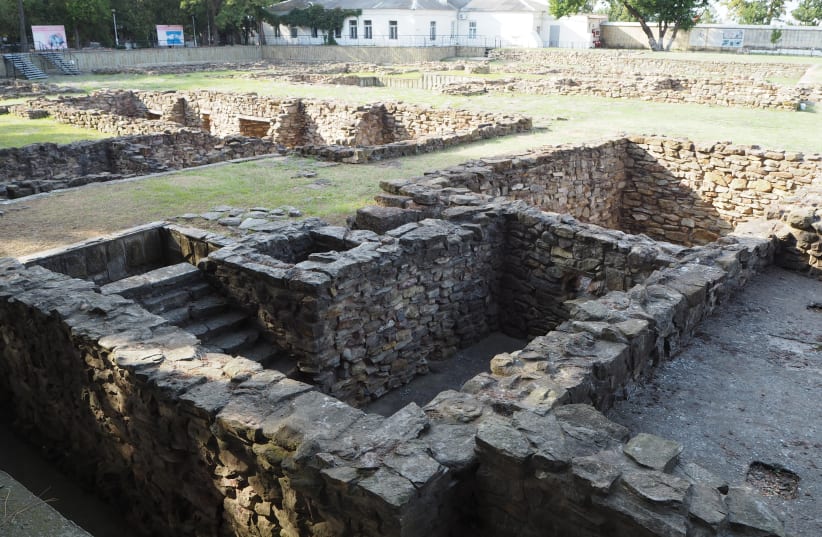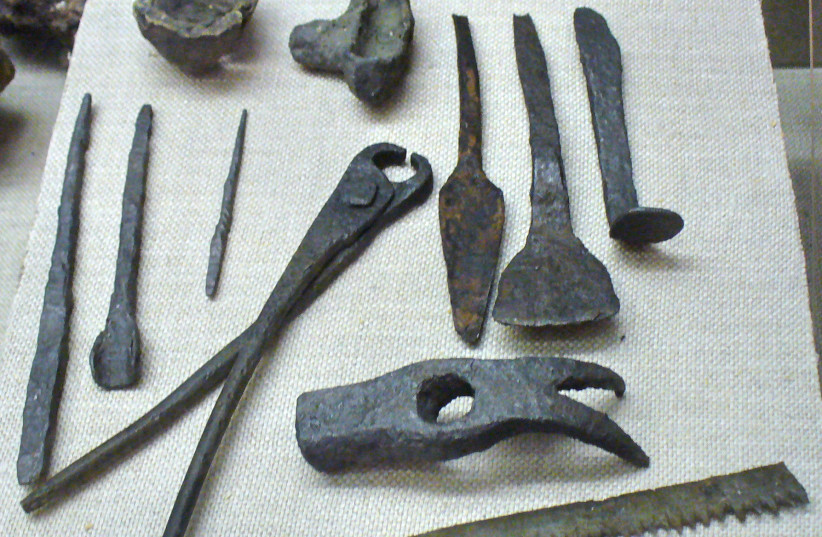Archaeologists have excavated traces of Mesolithic settlements near the Veletma River in Russia, according to Heritage Daily.
The Institute of Archaeology of the Russian Academy of Science has found settlements that date from roughly 10,000 years ago during the early stages of the Butovo culture, described as the communities of Mesolithic hunter-gatherers that occupied the upper catchment area of the forest zone in Western Russia during this period.
The Mesolithic period took place between 10,000 BCE and 8,000 BCE and is otherwise identified as the Middle Stone Age.
The mesolithic activity was first identified during the 1970s and 1980s, however, this is the first time that a systematic excavation has been conducted.
Archeologists studied five sites: Maloye Okulovo – 10, Maloye Okulovo -11, Maloye Okulovo -19, Maloye Okulovo – 20 and Malookulovskaya – 3. This area covers more than 10,000 square meters.
Objects of later areas from the Neolithic, Bronze, and Early Iron ages were also revealed.
At site Malookulovskaya-3, a possible dwelling was discovered. This, and findings at Maloye Okulovo -11, Malookulovskaya-3 and Maloye Okulovo -19 suggested possible seasonal Mesolithic sites, indicating hunting and fishing by the accumulation of flint artifacts and a large number of animal and fish bones.
The team discovered various flint artifacts including scrapers, arrowheads, punctures, and fragments of an ax at almost all the sites. Maloye Okulovo-19 featured a large accumulation of waste from flint production. This suggests that this site was the center for manufacturing weapons and tools.
Konstantin Gavrilov, head of the Navashinsky detachment of the IA RAS said, “The finds near Maly Okulov fit into the characteristics of the Butovo archaeological culture, which was widespread at that time in the Volga-Oka interfluve. Having received an accurate description of the finds and an understanding of the technology, we will be able to compare the features of this Mesolithic culture with objects from earlier, and later periods of human history and reconstruct technological progress.”

